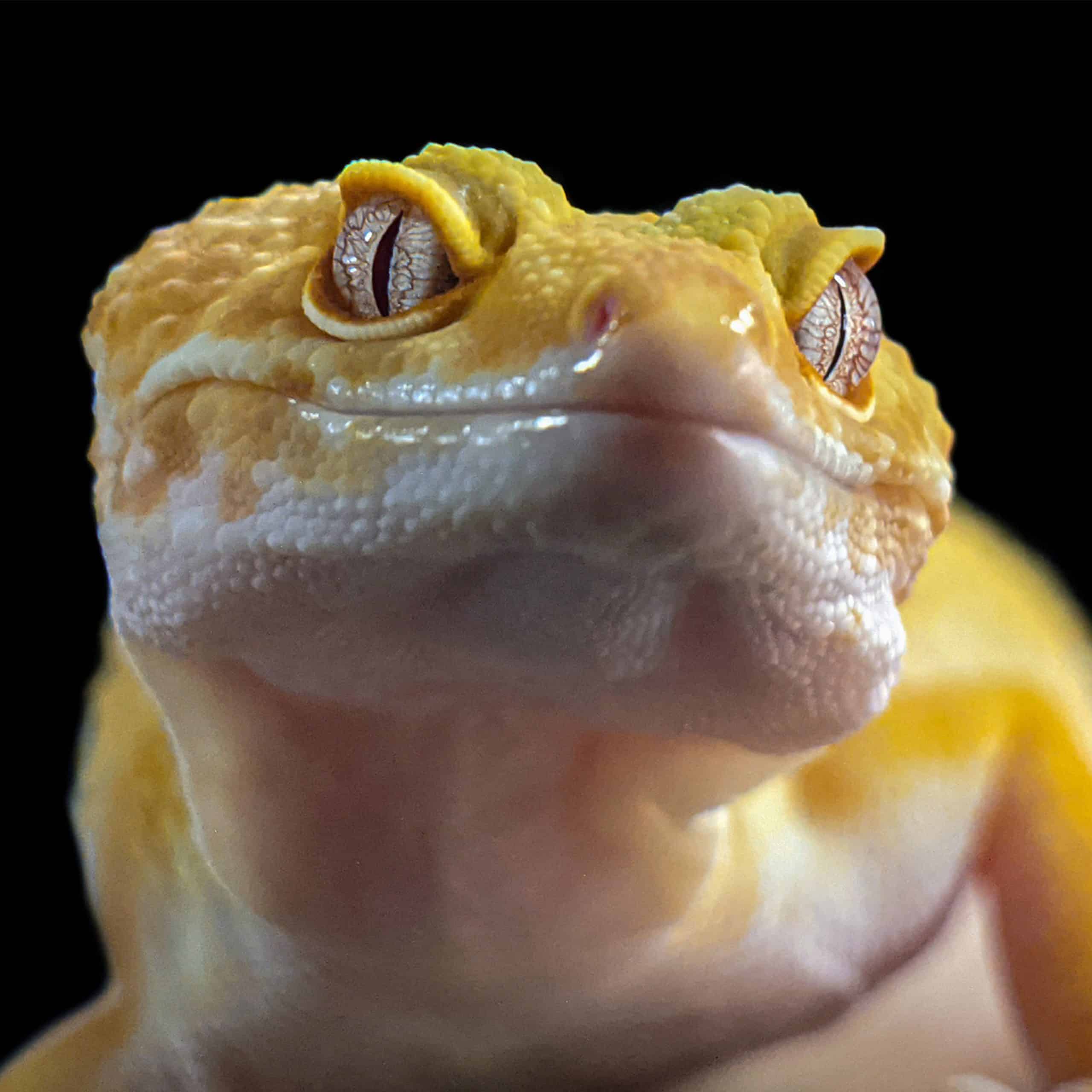What’s the Optimal Sunlight Exposure for a Leopard Gecko’s Health?

Are you considering adding the vibrant and social leopard gecko to your family? Or perhaps you already have one of these fascinating reptiles and you’re looking to optimize its care. Either way, understanding and providing the right amount of sunlight exposure is pivotal in maintaining a healthy and happy gecko. This article aims to shed some light (pun intended) on how best to ensure your gecko is getting the appropriate amount of UVB light, heat, and maintaining the right temperature and humidity levels within its enclosure.
The Importance of Light and Heat for Leopard Geckos
Let’s begin by recognizing the fact that light and heat play a crucial role in a leopard gecko’s overall wellbeing. These reptiles, native to the arid lands of the Middle East and Asia, are accustomed to a warm and bright natural habitat.
A lire aussi : What’s the Best Approach for Treating a Fish Tank with Ich Without Harming Invertebrates?
Leopard geckos require UVB light for the production of vitamin D3, which in turn aids in the absorption and use of calcium. Without an adequate UVB light source, geckos can suffer from metabolic bone disease, a common yet preventable ailment in captive reptiles. Therefore, providing UVB lighting in their enclosure is not just beneficial but necessary.
In addition to UVB light, leopard geckos also need a well-managed heat gradient in their enclosure. They bask in warm temperatures during the day, which aids digestion and overall metabolic function. At night, they prefer cooler temperatures, mirroring the temperature drop in their natural desert environment.
A découvrir également : How Can You Train a Dog to Cooperate During Nail Clipping Without Restraint?
Setting Up the Optimal Lighting and Heating in the Enclosure
Now that we’ve established the importance of light and heat for leopard geckos, let’s delve into how you can set up the perfect lighting and heating conditions within their enclosure.
Firstly, UVB lighting should be placed at one end of the enclosure, creating a gradient of light. This allows your pet to adjust its exposure based on its needs. Remember, leopard geckos are crepuscular creatures, active during dusk and dawn, thus direct high-intensity sunlight all day can be stressful for them.
For heating, you can use either under-tank heaters or basking lights. The temperature should be around 75-85°F (24-29°C) during the day and can drop to around 70°F (21°C) at night. A suitable thermostat will help maintain the required temperature gradient.
The Role of Substrate and Enclosure Size
The choice of substrate and the dimensions of the enclosure also significantly impact the temperature and light distribution. As a general rule, the enclosure should be large enough for your gecko to move around, hide, eat, and bask comfortably.
For substrates, avoid using sand as it can cause impaction if ingested. Instead, reptile carpet, newspaper, or paper towels are safe and easy to clean options. A good substrate will help maintain the humidity levels, which should be around 20-40%. Too much humidity can lead to respiratory issues, while too less can cause shedding problems.
Hydration and Diet: Other Key Factors
While light, heat, and a well-set enclosure are crucial, let’s not forget the importance of hydration and diet for your leopard gecko’s health.
Fresh water should be readily available for your gecko at all times. A shallow dish, that it can easily climb in and out of, is an ideal water container. Moreover, misting the enclosure lightly with water can also help in maintaining the required humidity levels.
A balanced and rich diet is equally critical. Leopard geckos are insectivores, thriving on a diet of crickets, mealworms, and small roaches. Remember to dust these insects with a calcium and vitamin D3 supplement, to make up for any potential lack from limited sunlight exposure.
In conclusion, while sunlight or UVB light is crucial for a leopard gecko’s health, it’s just one facet of its care. A warm and spacious enclosure, the right substrate, constant access to water, and a balanced diet all contribute to the overall health and well-being of these delightful reptiles. As pet owners, your task is to mimic their natural environment as closely as possible in captivity, ensuring they live a long, healthy, and content life.
The Role of Humid and Warm Hides in a Gecko Enclosure
Shedding light on another crucial element of a leopard gecko’s habitat, we come to the topic of humid and warm hides. Proper humid and warm hides are beneficial attributes to a gecko enclosure. Leopard geckos, like their wild counterparts, are instinctively drawn to seclusion and privacy as a means of safety. These hides provide a private retreat for them within their enclosure.
For a humid hide, use a container with a hole that’s big enough for the gecko to enter and exit. Fill it with damp sphagnum moss or a moist towel, allowing your gecko to self-regulate hydration levels, especially beneficial during shedding periods. The humidity in this hide will aid in loosening the old skin, making the shedding process smoother.
On the other hand, a warm hide is essential for digestion. This hide should be placed on the warm end of the enclosure, over the heat mat, providing a warm refuge for your gecko post feeding.
In addition to these hides, a cool hide could also be included at the cooler end of the enclosure, providing a spot for your gecko to retreat to when the enclosure becomes too warm. These hides together mimic the gecko’s natural habitat, catering to their instinctual needs for temperature regulation and safety.
Handling Health Problems and Importance of Care Sheets for Gecko Care
Leopard geckos are usually hearty and resilient pets. However, they can sometimes encounter health problems, often due to inadequate care or incorrect conditions in their enclosures.
Common issues include metabolic bone disease caused by insufficient UVB rays, impaction from ingesting inappropriate substrate, and shedding problems due to low humidity levels. Regularly monitoring your gecko’s behavior and physical condition can help detect these problems early.
This is where care sheets become particularly useful. Care sheets are comprehensive guides, detailing everything you need to know about leopard gecko care. They can help you understand your pet’s needs better, providing insight into their diet, lighting requirements, preferred temperature gradient, and much more. Using a care sheet as a reference can prove invaluable in resolving or even preventing common issues that might arise in your gecko’s life.
In addition, always remember to have a reliable vet who is experienced in reptile care. Regular check-ups can help prevent health problems or manage them better if they do arise.
Conclusion
To sum up, optimal sunlight or UVB light exposure is just one facet of maintaining a healthy leopard gecko. Other equally important factors include maintaining an appropriate heat gradient, setting up a suitable gecko enclosure complete with humid and warm hides, and ensuring a balanced diet and constant access to water. Using reliable care sheets and having regular vet check-ups are also recommended for effective gecko care.
As pet owners, your aim should always be to mimic a leopard gecko’s natural habitat as closely as possible within the confines of their enclosure. This comprehensive approach ensures they will thrive, live healthily, and bring joy as delightful additions to your family. Remember, a healthy gecko is a happy gecko!
